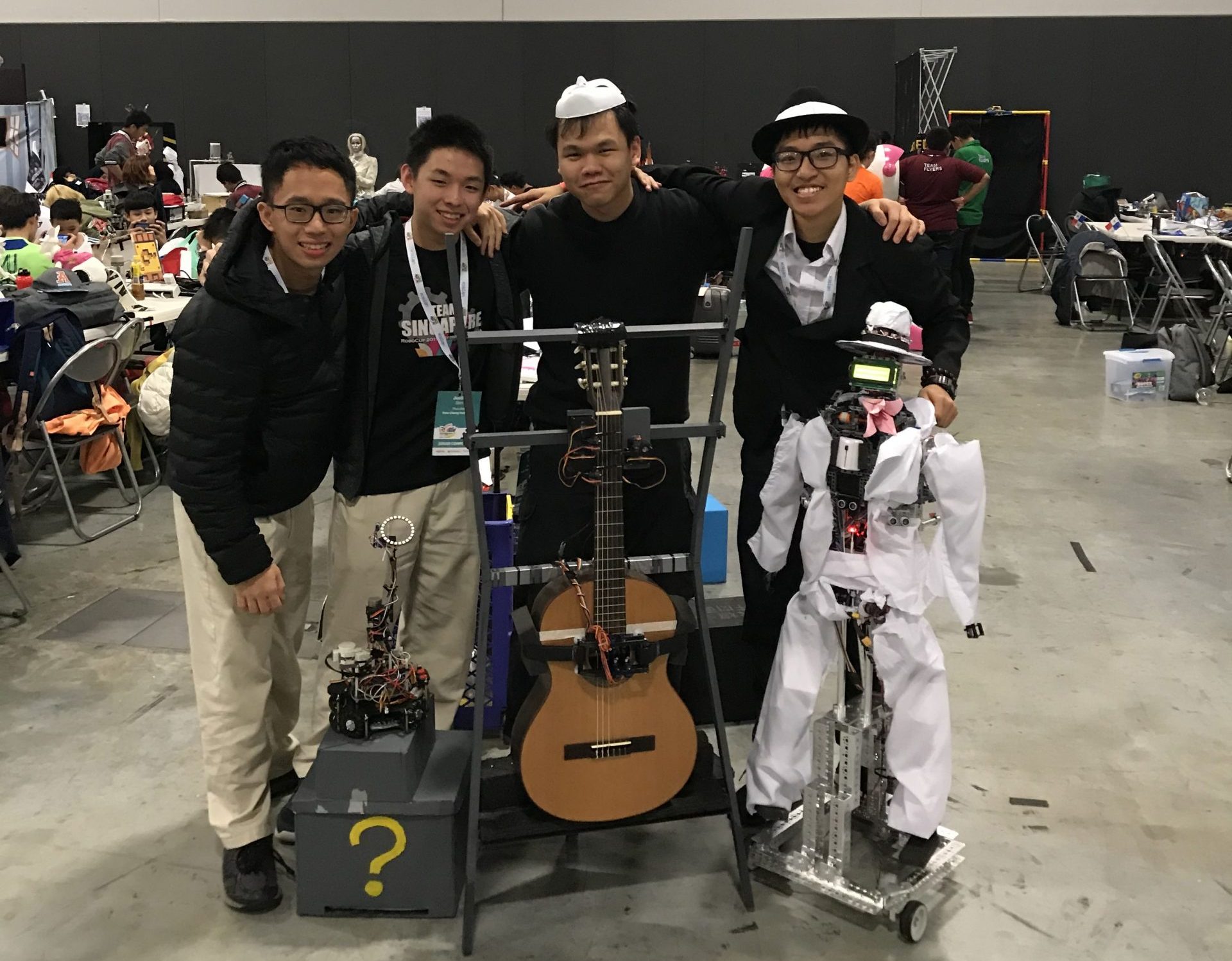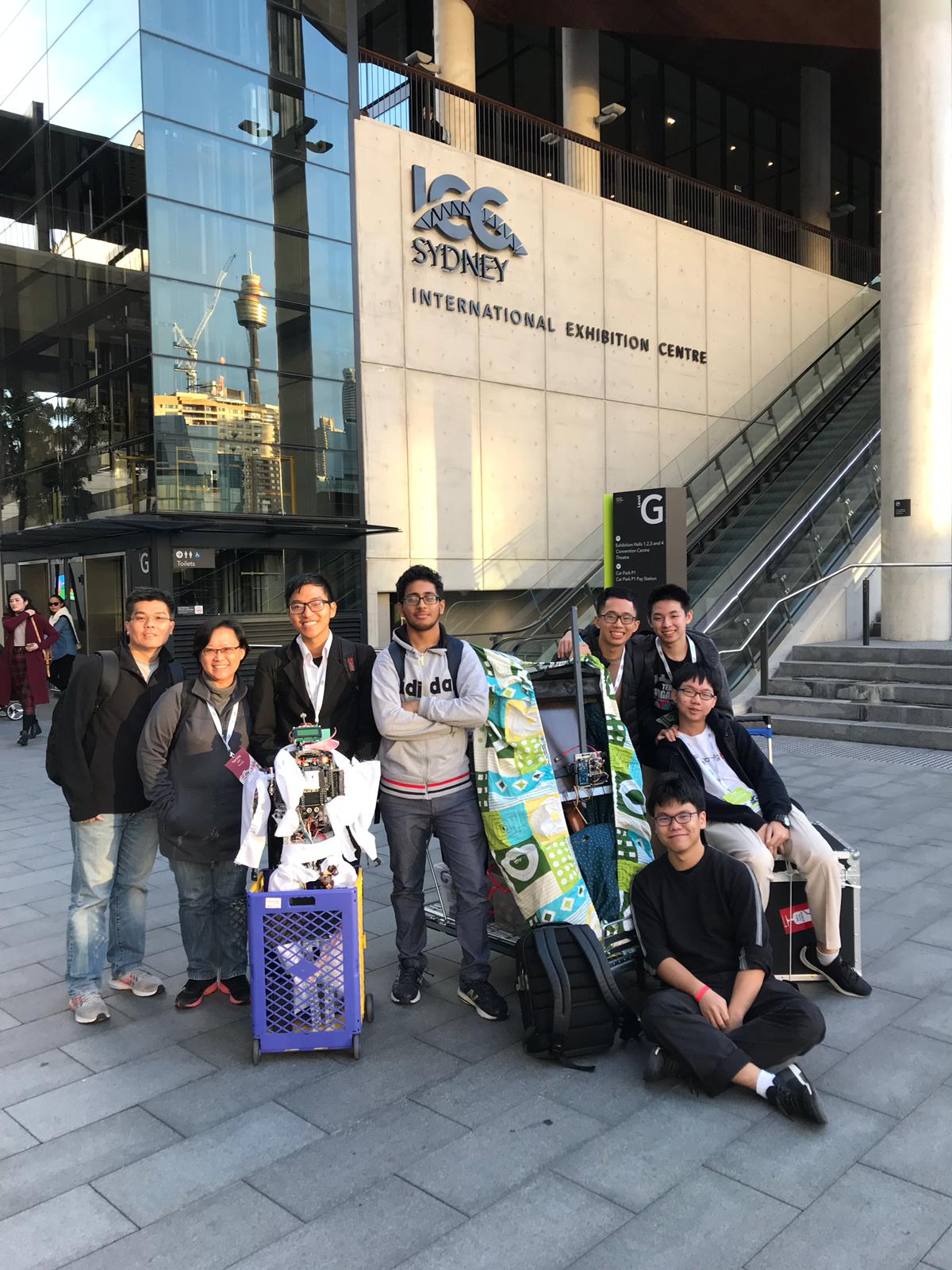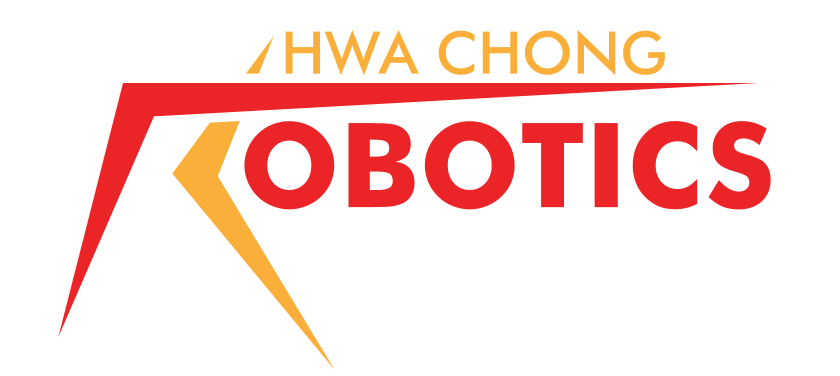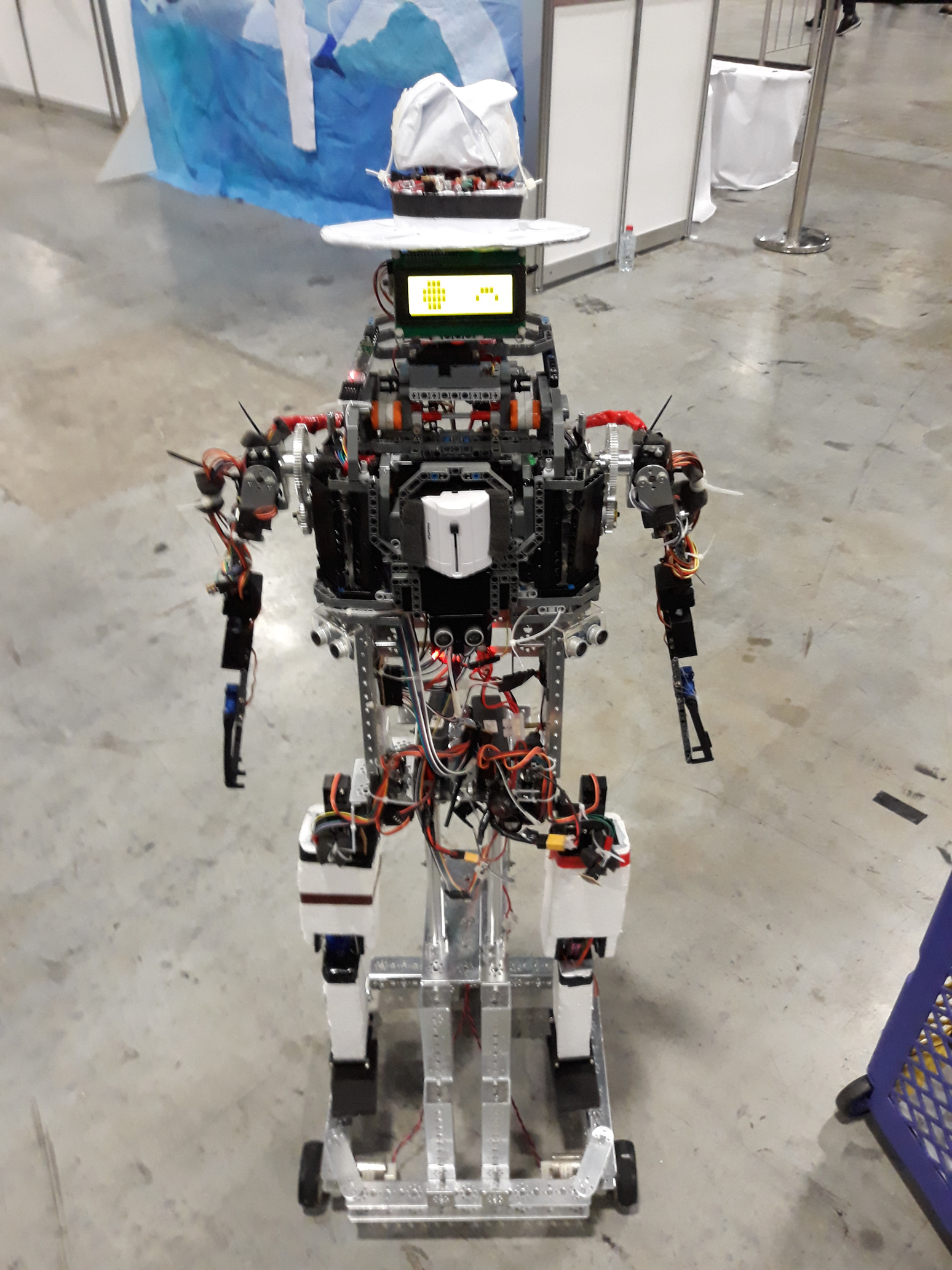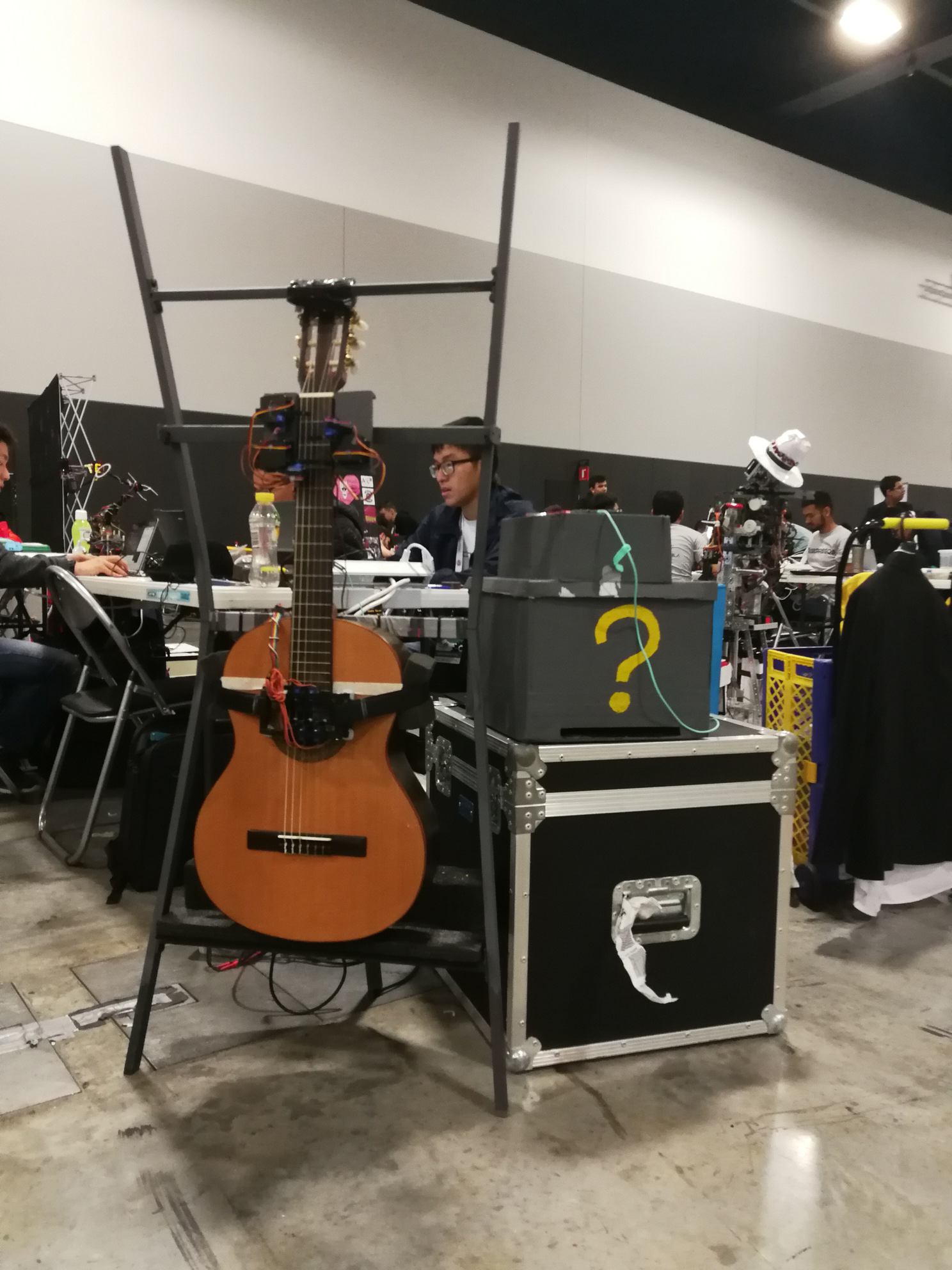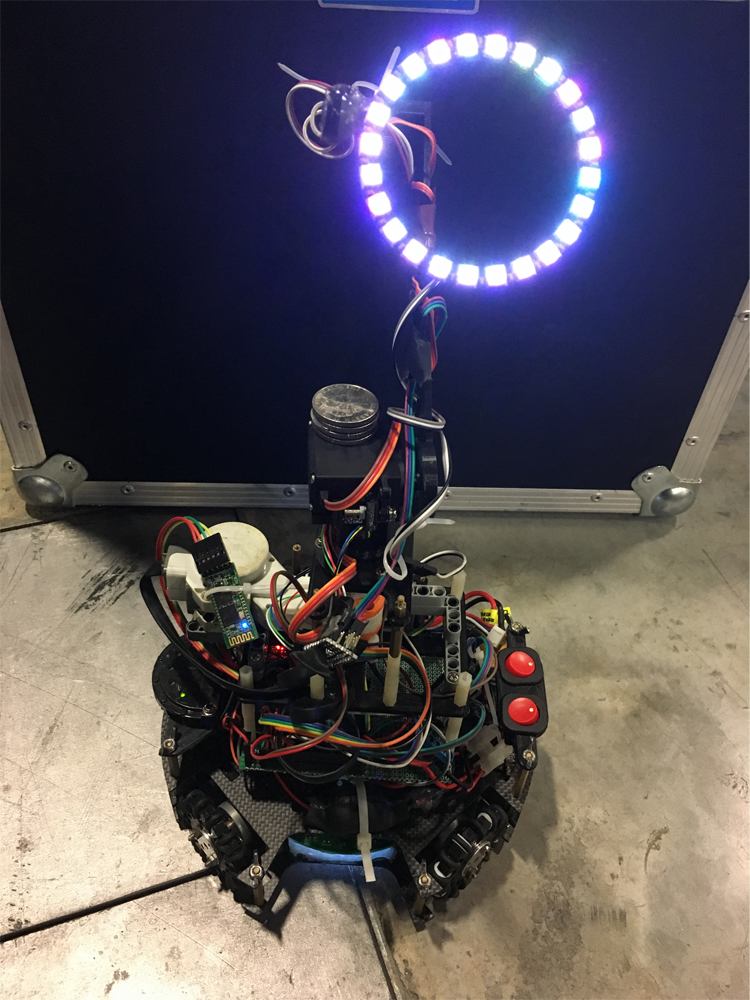(Adapted from the HCI website news entry on 12/07/19)
Intro
This blog post will feature Team Plus Ultra‘s run in RoboCup 2019, who won 1st place in the Singapore Open and subsequently emerged as champions at the International event held in Sydney, Australia from 2-8 July. This is a remarkable achievement as the team won Team Singapore its first international championship title at RoboCup Junior.
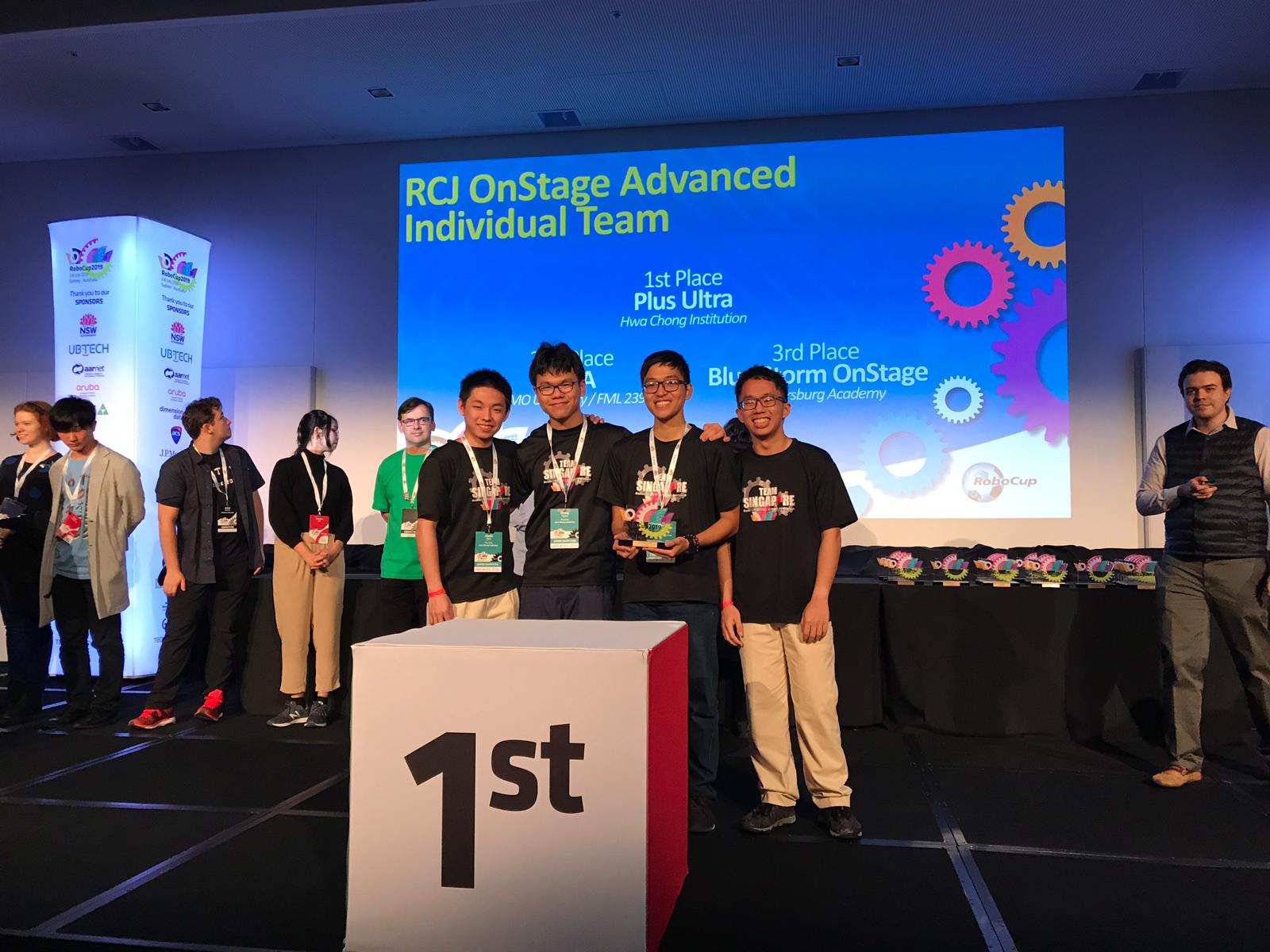
The OnStage Advanced category invites teams to develop a creative stage performance using autonomous robots that they have designed, built and programmed. The objective is to create a robotic performance between 1 to 2 minutes that uses technology to engage an audience. For their performance, the team of four built 3 robots to simulate a dance game, making use of modern technologies such as Bluetooth, to ensure that the performance runs smoothly.
The star of the show
A humanoid robot named Eve was built for versatility, incorporating 20 degrees of freedom using servo motors, 5 on each limb, on a wheeled platform. It has a myriad of sensors, including ultrasonic sensors and a multi-axis orientation sensor, allowing for creative uses in different performances. Eve was programmed to communicate with a laptop which ran an image processing library to capture the performer’s pose through its webcam, thereby controlling Eve to emulate the actions of the human performer. This computer is also used as a central controller to provide cues to the other robots through Bluetooth as well, to ensure that the performance would be in sync.
A guitar without a human player...?
The team also constructed a guitar-playing robot, Geeta. Servo motors were used to simulate the movement of finger movements in order to press down on the frets and pick the strings of the guitar to play simple notes. It was built using 3D printed parts and had a steel frame made from recycled IKEA furniture. Geeta can play music according to a photograph of a musical score. This is done through the implementation of traditional image processing algorithms to clean the picture. Following, machine learning algorithms are used to translate the image, identifying notes and note values to play on the guitar.
Converting a soccer robot
The final robot, Ather, which was repurposed from a soccer robot, was used for light effects. The robot was built on a base of 4 motors that were connected to omni-directional wheels to allow for holonomic movement, providing accessibility to the entire stage. Its frame was made out of carbon fibre, and was designed by the team. Ather also has a robotic arm connected to an RGB LED ring, providing 3 degrees of freedom which allowed for the direction and colour of lights to be altered for the performance.
Reflections
Than Duc Huy: The competition allows us to demonstrate our creativity and technicality in the field of robotics, albeit a foundational one. Since this is our first time participating in this category, we hope that this award will inspire our juniors to venture into new arenas and overcome unforeseeable challenges. We would like to express our deepest gratitude to the school for the support in making all these possible.
Zhang Yijian: When I first heard that we had won the award, I was very surprised. Participating in an international competition of this scale for the first time, I was not expecting to be able to accomplish much. Furthermore, I had thought that other teams, with similarly technically complex robots and well-rounded aesthetics were more deserving of the title. At the same time, I was overjoyed, as this meant that the hard work which my team had put in for the past few months were finally rewarded. I am thankful to the school for providing us with such an opportunity to learn from competitors all over the world and the opportunity to represent the school in an area which I am passionate about.
Sim Justin: Going into the competition, I was definitely not expecting to attain the award, and only hoped to learn as much as I could from the other competitors from other countries. Receiving news of our achievement came as a pleasant surprise for us as the competition was a fierce one with many of the competitors with impressive performances, and it was hard to stand out amongst top competitors from around the world. I would like to thank the school for the opportunity to represent the school and Singapore in this competition, and for the chance to undergo this learning experience.
Amadeus Winarto Aristo: For me, this is the first time I was able to successfully marry artificial intelligence and robotics to create something beyond what each can achieve alone, so ecstatic is probably an understatement. Nevertheless, the competition showed us how much more there are for us to learn in this field of robotics/AI. I hope to further explore this field and one day make something great out of it.
